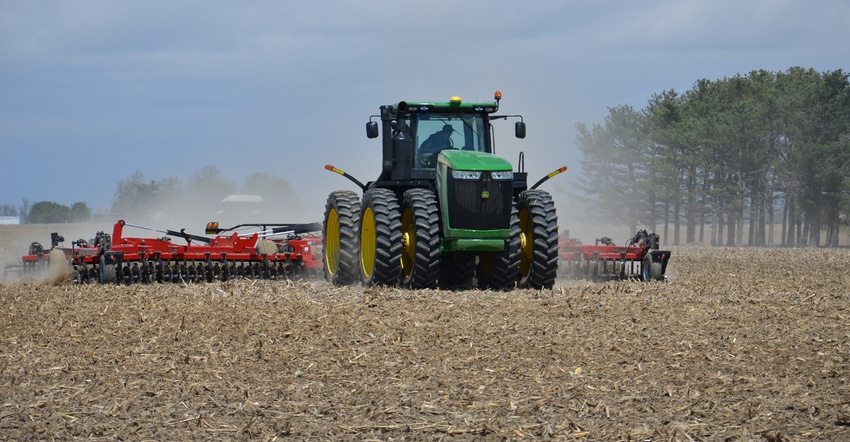January 8, 2018

In capital-intensive industries, it’s extremely important to gauge efficiency of asset utilization. For example, for manufacturing firms, measuring capacity utilization such as the percentage of the time a plant is used is a key financial metric to monitor over time. As agriculture continues to substitute capital such as machinery and equipment for labor, measuring the efficiency of asset use becomes increasingly important.
The asset turnover ratio can be used to measure how efficiently farm assets are being used to generate value of farm production, which is a measure of gross income. Farms that use assets more efficiently would have a higher asset turnover ratio.
Compute asset turnover ratio
The asset turnover ratio is computed by dividing value of farm production by average total assets. Value of farm production can be obtained from the farm’s income statement, and average total assets can be obtained from the farm’s market value balance sheet. It is important to note that gross revenue is sometimes used instead of value of farm production to compute the asset turnover ratio.
A long-term benchmark for the asset turnover ratio is 35%. Due to relatively low gross income in the last five years, a benchmark for the last five years is 23%.
However, farms in the top quartile in terms of this metric had an average asset turnover ratio of 35% even during the last five years. If a farm’s asset turnover ratio is relatively low, the farm should compare its machinery investment and cost per unit of production to similar farms.
Other factors
The dependence of the asset turnover ratio on land ownership and farm type complicates the analysis of the asset turnover ratio. Holding all else constant, a farm that owns a higher proportion of its acres will have a lower asset turnover ratio.
These benchmarks apply to nonirrigated crop farms. Irrigated crop farms would have higher asset turnover benchmarks, and beef and dairy operations would have lower asset turnover benchmarks.
More information pertaining to an accrual income statement, financial ratios such as the asset turnover ratio, and crop machinery investment and cost can be obtained on the website for the Center for Commercial Agriculture.
Langemeier is a Purdue University Extension ag economist and part of the Purdue Center for Commercial Agriculture. He writes from West Lafayette, Ind.
About the Author(s)
You May Also Like






